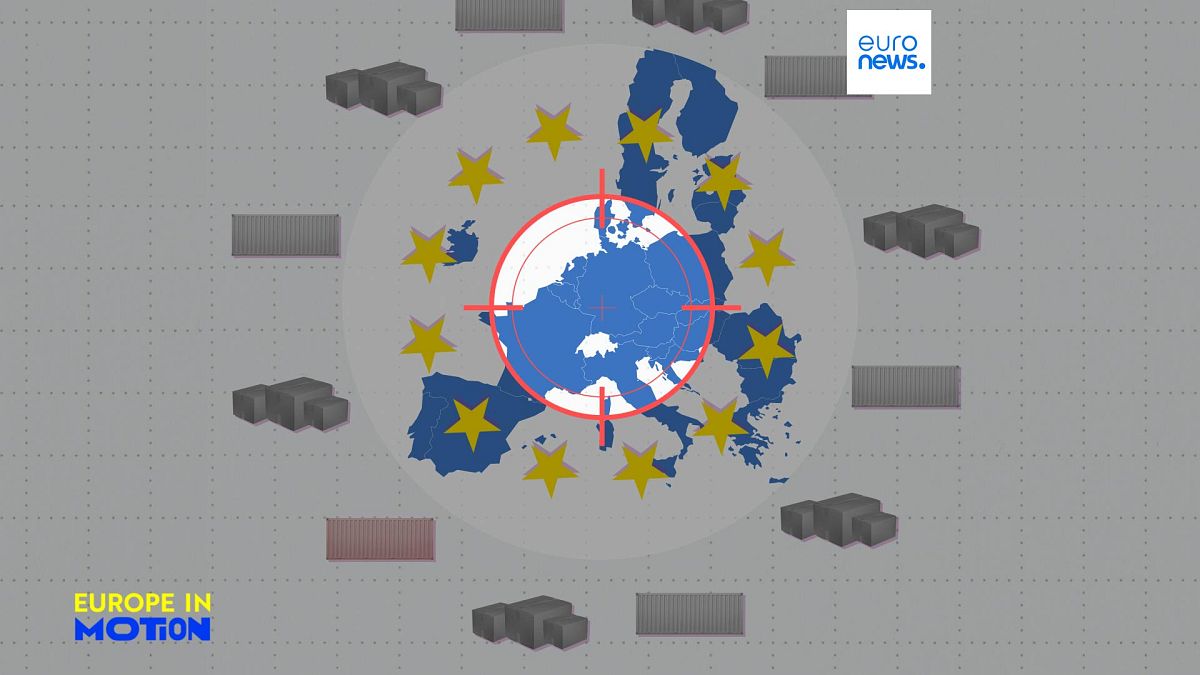A new report from the Organisation for Economic Co-operation and Development (OECD) quantifies the worldwide value of counterfeit goods at over €416 billion, roughly 2.3% of global imports.
The EU is a primary target: nearly €99 billion worth of its imports, or 4.7%, are fake.
Remarkably, 20 of the world’s top 25 destinations for counterfeit products are EU member states.
When it comes to seized goods, Germany is only second to the United States in volume – but leads the world in value: Berlin seizes more than a quarter of the total value of counterfeit goods.
France and Belgium are also prime targets, with 9% and 7% of the global seized value, respectively.
What’s the primary source of fakes destined for the EU?
More than half of the seized counterfeit products destined for the European Union came from China, followed by Turkey (22%) and Hong Kong (12%).
“Counterfeit trade fuels corruption and organised crime, establishing a vicious cycle where innovation is stifled, consumer trust is eroded and resources are diverted from legitimate businesses to illicit operations”, says the report.
The most common shipping method is mail (58%). Express courier (17%), air (13%) and road (10%) are also widely used to smuggle fakes.
Toys, cosmetics: Officers raise alarm about dangerous fakes
EU customs officers reported significant volumes of fake goods that pose health and safety issues.
Cosmetics and toys are a top concern. In 2020-21, they were respectively 6th and 7th for volume seized. The presence of counterfeit automotive parts (10th) and pharmaceutical products (12th) is also a particular worry.
Clothing items and footwear were the most commonly seized fake items overall. But when it comes to value, counterfeit watches top the list, accounting for nearly 30% of the total.
According to the OECD, recent global crises – including the COVID-19 pandemic and the war in Ukraine – have made protecting intellectual property even more challenging.
Disrupted supply chain and shifting trade regulation enforcement priorities have added new layers of complexity to risk management.

